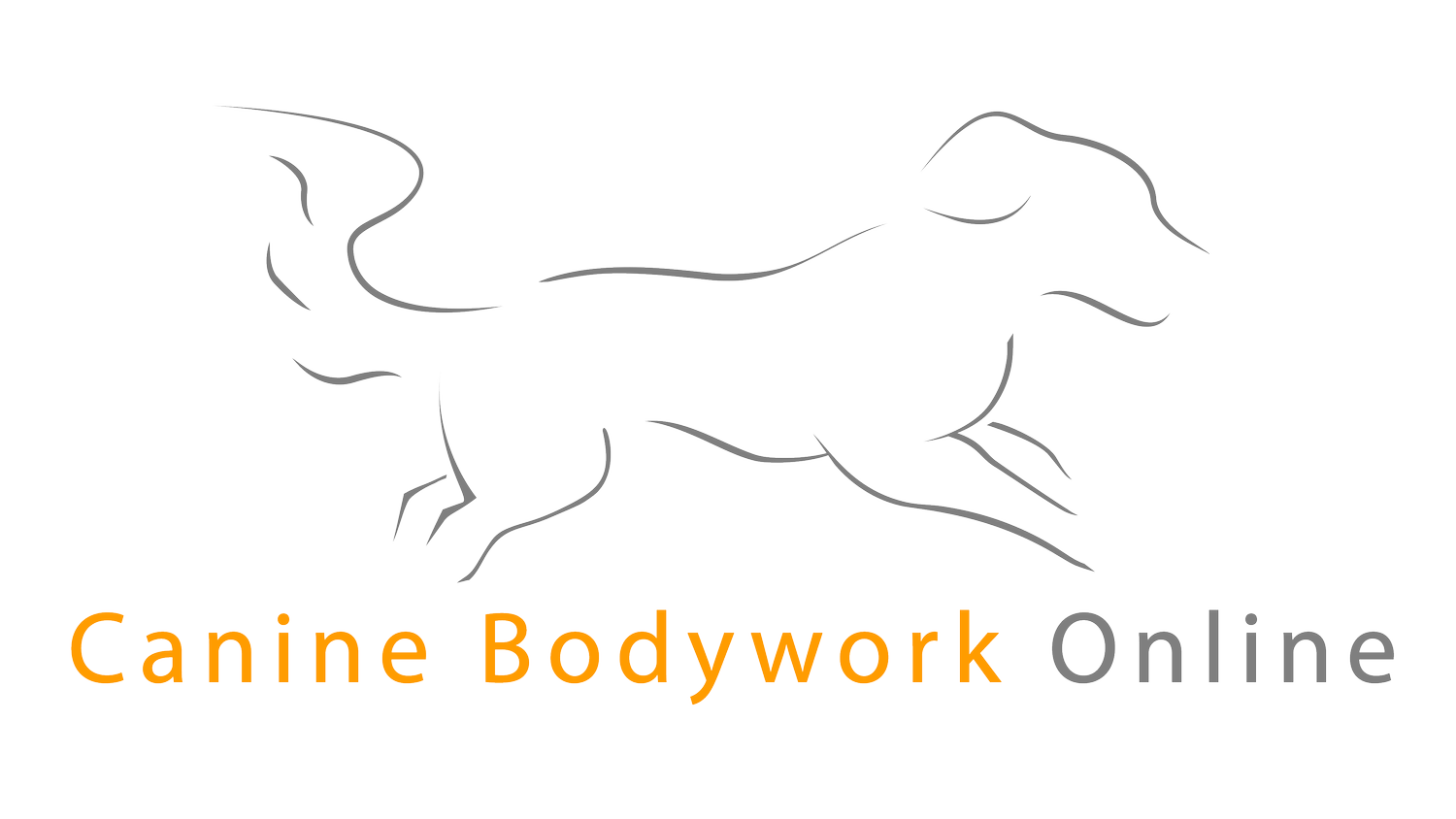How Your Dog Compensates For Pain
I’m willing to bet you know your dog better than anyone. You notice when they move a little slower getting up, when they hesitate before jumping in the car, or when they seem just a little off on your daily walk.
Unless they’re visibly limping, it can be hard to tell what’s going on in their body.
Dogs are masters of compensation.
They instinctively adjust how they move to avoid pain or protect an injury, often without showing clear signs. It’s not stubbornness, and it’s certainly not them “acting fine”, it’s survival coded.
And those adjustments they make? They matter more than you might think.
How Does a Dog Show Pain?
It’s a question we hear all the time: how does a dog show pain if they’re not whining or limping?
The truth is, most dogs don’t make it obvious.
Dogs evolved to hide their weakness. In the wild, limping or slowing down could attract predators or cause the pack to react. So even now, in the safety of our homes and human pack members, dogs tend to mask discomfort until the pain becomes too much to hide.
By the time a limp appears, compensation patterns may already be well established. That’s why it's so important to know the early signs.
Compensation Is the Body’s Backup Plan
When something hurts, like a joint, a muscle, or a tendon, your dog will naturally shift weight, alter their gait, or change posture to avoid using the painful area.
In the short term, this keeps them moving. But over time, compensation causes new patterns of tension and strain elsewhere.
A sore paw might cause a shift through the opposite shoulder. A tight hip could make the spine work overtime. Eventually, that backup plan becomes the main plan.
And that’s where long-term problems start to build.
Limping Isn’t the Only Red Flag
Limping is one of the last signals dogs give. Long before a limp shows up, you might notice:
A change in posture when standing, like weight pushed forward or backward
Less power in the hind legs during play or on stairs
Shortened strides or a stiffer gait
Favoring one side when lying down
Reluctance to sit, or a “lazy” sit with legs out to the side
Muscle loss in one area with increased development in another
These are subtle answers to the question: how does a dog show pain? Often, it's in these quiet, compensatory movements, discomfort reveals itself.
Tension Has a Ripple Effect
Every muscle, joint, and soft tissue in your dog’s body is connected. When tension builds in one area, it pulls on everything else. ike a snag in a sweater. Left unchecked, that ripple effect can impact the spine, neck, and even digestion and breathing.
This is why dogs with hip issues may also develop back or shoulder problems. Or why an old injury can still cause issues months or years later.
The original pain may fade, but the compensatory patterns remain.
Pain Can Affect Behavior, Too
When your dog’s body is uncomfortable, it doesn’t just show up in movement; it can show up in mood. Dogs dealing with chronic tension may become less playful, more withdrawn, or even snappy. They might avoid being touched in certain areas or seem restless for no clear reason.
These shifts aren’t random. They’re your dog’s way of coping with discomfort they can’t explain.
By recognizing both the physical and emotional signs, you can step in with the support they need before the problem grows.
How does a dog show pain? Sometimes, it looks like a quiet change in energy, attitude, or affection. And those changes deserve just as much attention as physical ones.
Bodywork Helps Reset the Pattern
Here’s the good news: you can help your dog release those patterns and move more freely again. That’s where bodywork comes in.
Gentle, targeted techniques support:
Release of chronic tension
Improved blood flow and lymphatic drainage
Realignment of muscle function
Greater body awareness
Reduced stress and anxiety
By addressing both the source of pain and the patterns it’s created, bodywork helps your dog build a better relationship with their body where comfort leads the way.
You Don’t Need to Be an Expert to Start
We created Canine Bodywork Online for dog lovers who want to be more hands-on in their dog’s care. You don’t need a massage therapy degree. You just need your hands, your heart, and a little guidance.
Inside the program, you’ll learn how to:
Identify common tension patterns and areas of compensation
Support your dog’s movement with simple techniques
Build body awareness in every stage of life from puppy to senior
Use your connection as a tool for healing
If you’ve ever wished you could do more for your dog… this is your invitation to start.
Support That Lasts a Lifetime
Whether you’re dealing with an aging dog, a recent injury, or just want to prevent future issues, bodywork is one of the most powerful tools you can offer.
Your dog’s body is speaking.
We’ll teach you how to listen.
Join us inside Canine Bodywork Online and help your dog move through life with more ease, comfort, and confidence.

